You can tell a lot from the condition of a person’s hair. With age, under the influence of stress, ecology, improper care and other factors, they begin to fall out, become brittle and lose their shine. It is important to find the cause and take the necessary measures.
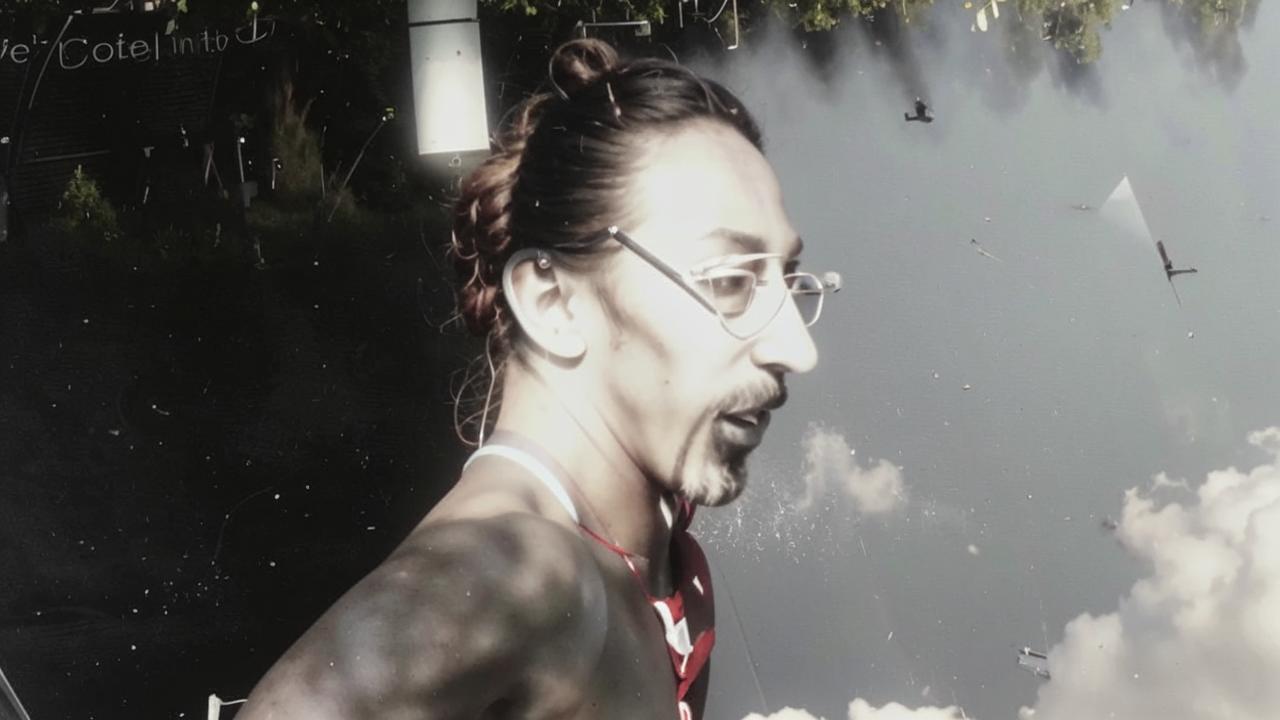
nutritionist and nutritionist
Appearance is 80% dependent on what we eat, and hair is no exception. How to maintain the health of the hair with the help of food?
To strengthen the strands, the body needs the following micro- and macronutrients:
- fiber;
- vitamins A, E, D and K;
- vitamins B and C;
- zinc, iron, folic acid;
- antioksüdandid;
- beta-carotene;
- polyunsaturated fatty acids.
What foods contain all this wealth of nutrients?
mereannid ja kala – fatty sea fish (salmon, trout, mackerel, etc.), shellfish, shrimp, squid. There is a lot of Omega-3 acid we need, as well as phosphorus, which will make hair more elastic.
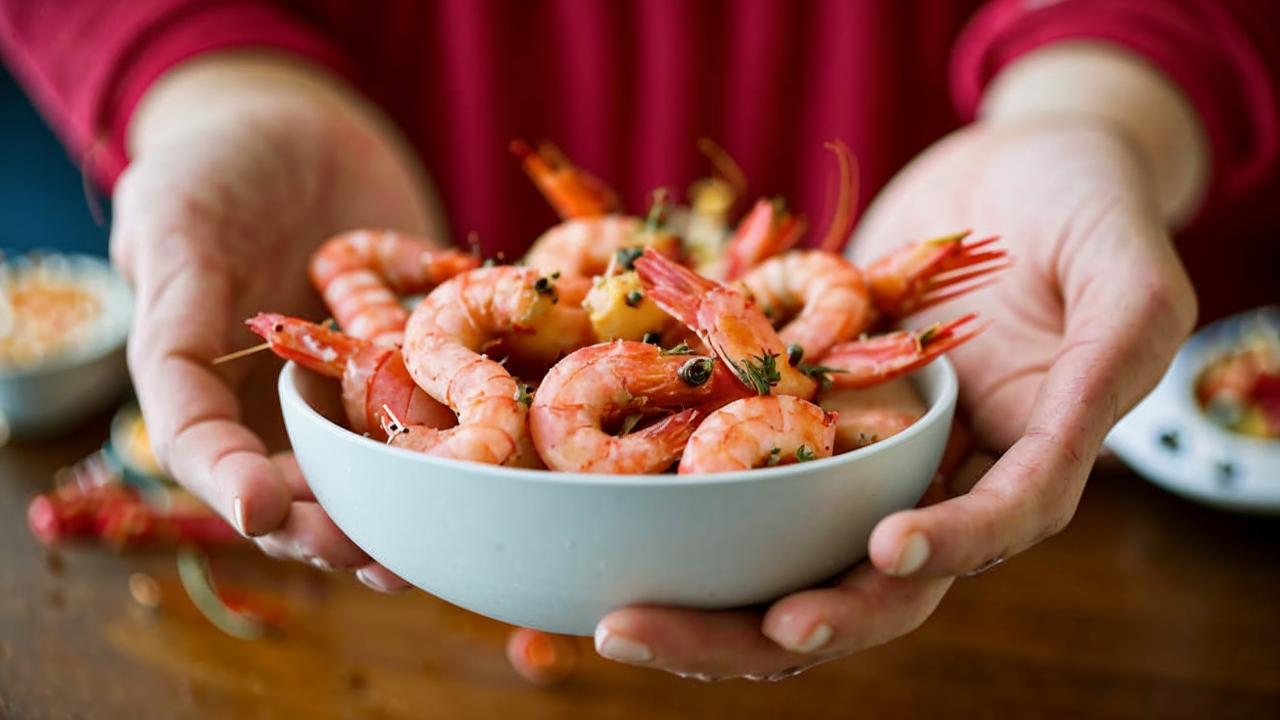
Poultry is an excellent source of protein, the “building material” of most body cells and hair, among others. With a lack of this nutrient in the diet, strands become dull and brittle. Also, turkey and chicken contain iron, which is necessary to keep hair from falling out.
Munad are the most quickly digestible protein. They contain a lot of B vitamins, which accelerates hair growth.
Kaunviljad – suitable for those who prefer vegetable proteins in their diet. They contain biotin – it is necessary for strengthening strands.
Rohelised – spinach, parsley, lettuce and dill contain vitamins A and C, magnesium, iron and calcium. Iron is absorbed better with vitamin C, accelerates hair growth and improves blood circulation.
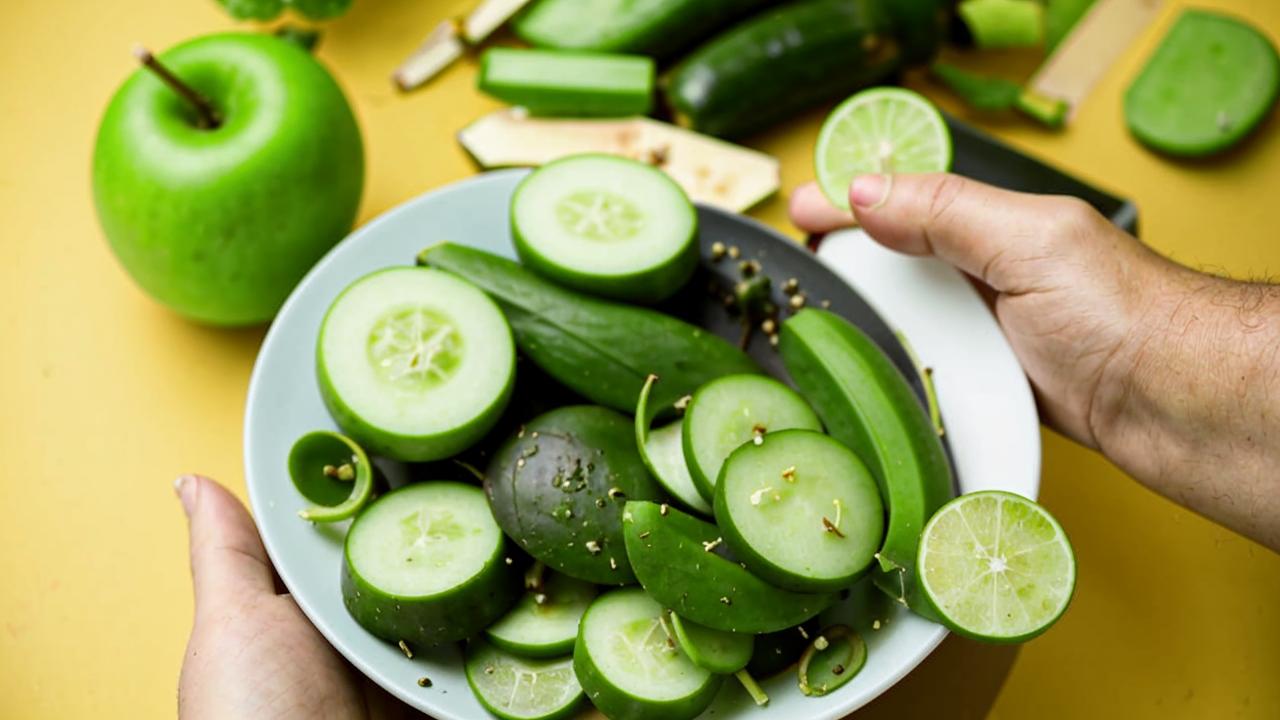
Pähklid ja seemned are a rich source of healthy fats, zinc and selenium. Note that these foods should be exactly dried, not roasted. Roasting makes from healthy fats trans fats, which are not good for our body. Vitamin E, which is found in nuts, nourishes our hair follicles and improves the quality of strands in general.
Milk and fermented milk products – rich in calcium, which our body quickly digests, and thanks to it hair becomes stronger.
Olive, sesame, linseed, sunflower oil – a source of vitamins A, E and D. Oil can be used to dress salads, replace butter in porridge or drink a teaspoon every morning.
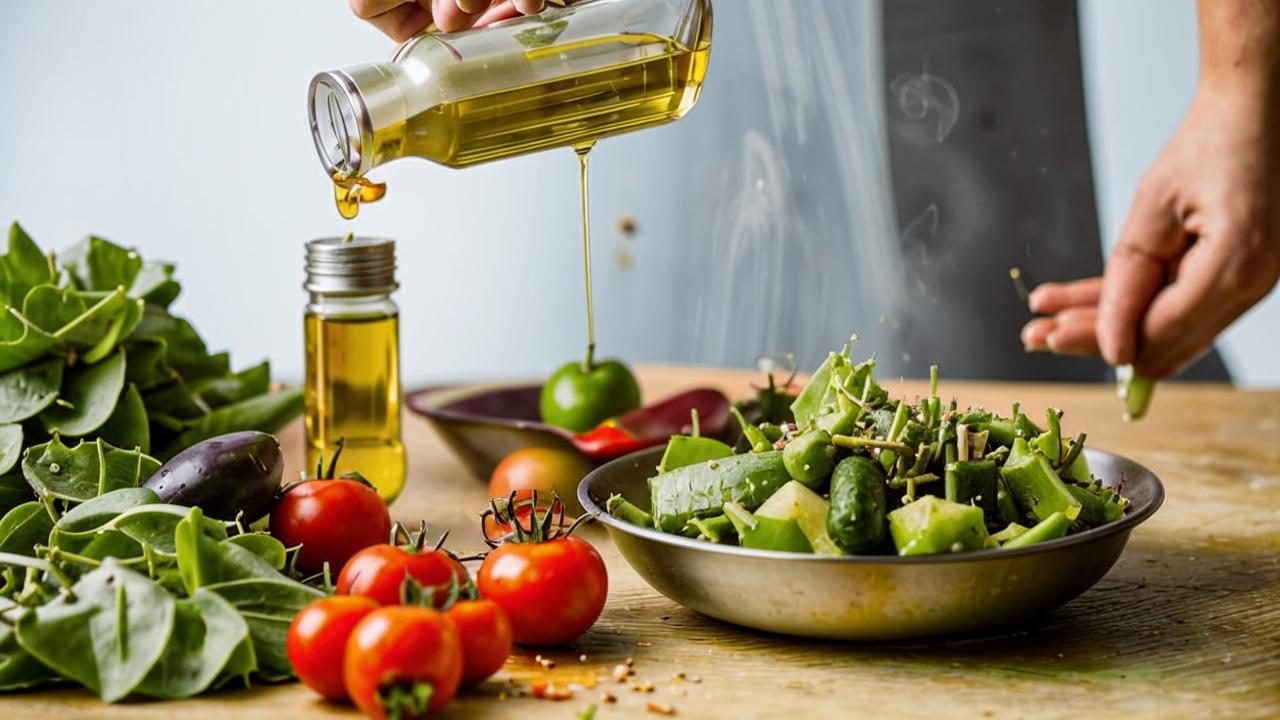
Cereals and cereals – a source of B vitamins. This is porridge, bran and whole-grain bread. Separately, I recommend looking at green buckwheat, it can be sprouted and added to salads. And oatmeal and buckwheat is better steamed in hot water, not boiled, to maximize the health benefits of the product.
Vegetables of yellow, orange and red color are very useful, as they contain vitamins B and A, which improve the structure of the hair along the entire length.
But it is worth noting that nutrition alone is not the answer, it is important to choose the right care and styling products. If possible, switch to professional products or natural compositions without silicone and surfactants. Do scalp scrub, hair masks and other treatments on time.
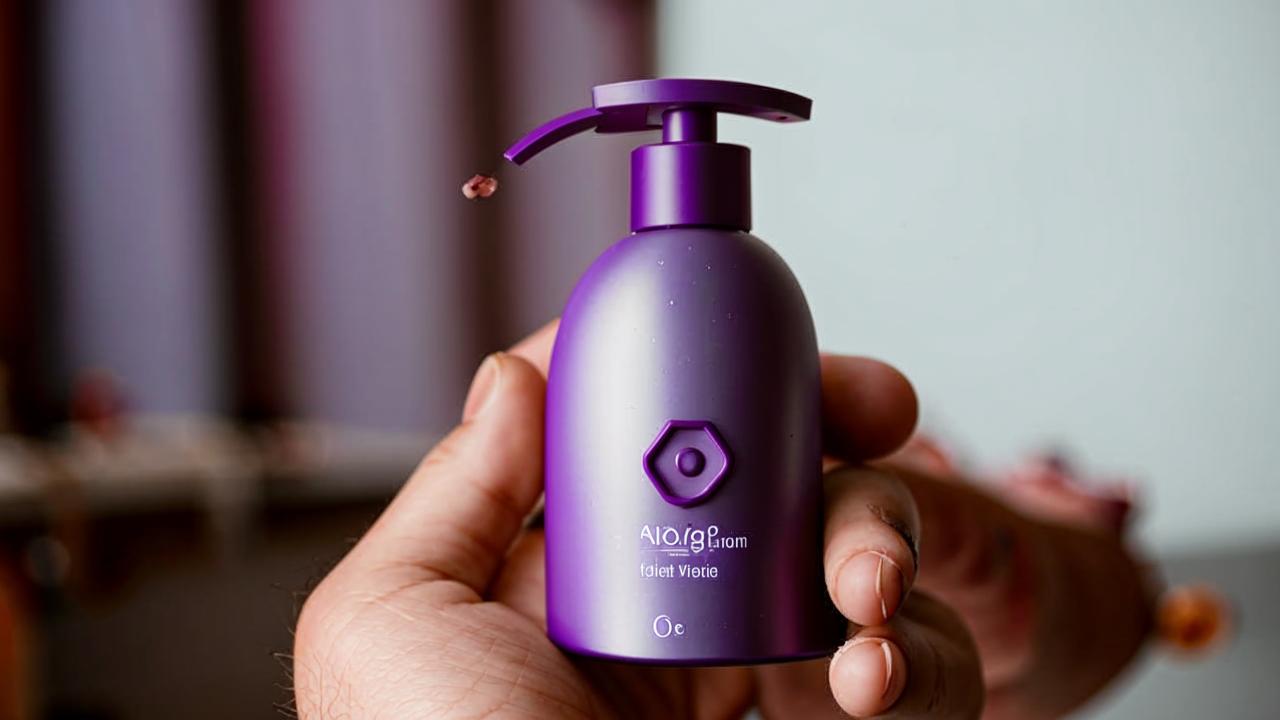
The condition of hair reflects the body’s need for vitamins and minerals. With the help of spectral analysis, which reports on 40 trace elements, you can choose a course of treatment to meet the needs of the body.
If the problem of hair loss is already present, you should see a trichologist to find the cause and take the necessary steps to restore your hair.





